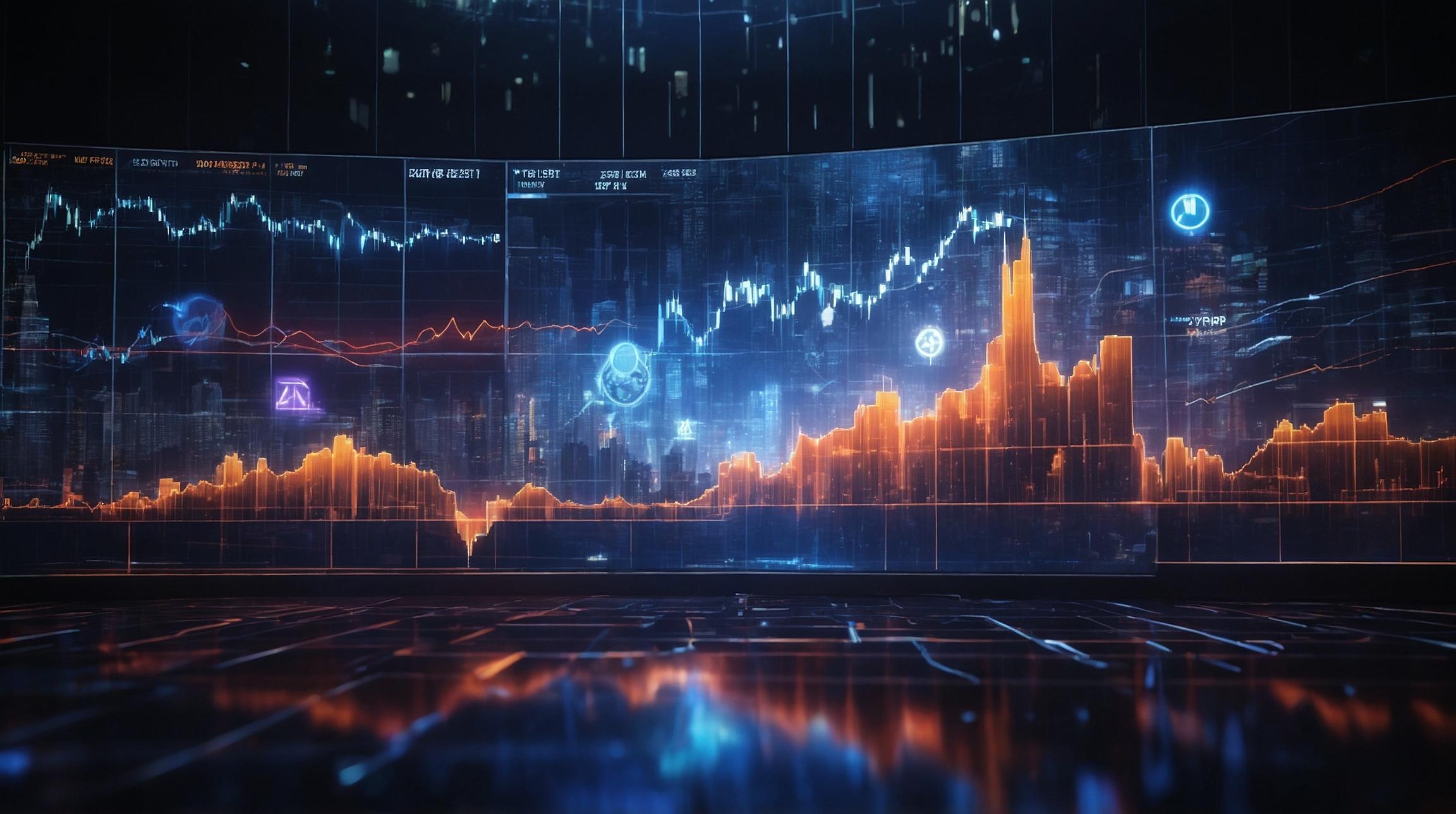AI Computing's Environmental Impact
Artificial Intelligence (AI) is revolutionizing how we interact with technology, but it comes with substantial environmental costs. Every interaction with AI systems, like using ChatGPT for writing or image creation, demands significant resources. A single query in an AI chatbot is estimated to require 10 times more electricity than a standard Google search (De Vries, 2023). If AI was universally adopted for searches, its energy consumption could rival that of a small country like Ireland.
Understanding AI's Energy and Water Demands
AI systems operate on large data centers that house powerful servers. These servers need specialized chips designed to handle vast data, consuming more electricity and generating considerable heat. This heat requires additional power and water for cooling systems. According to Shaolei Ren from UC Riverside, using AI like ChatGPT can use up a 16-ounce bottle of water in just 10 queries.
The Call for Transparency
Experts like De Vries and Ren advocate for transparency from tech companies on AI's resource usage. Just as Google shares carbon emissions for flights, users should know the energy and water cost of their AI interactions. This transparency can guide consumers in making informed decisions about their tech use.
The Impact on Global Emissions
Despite AI's potential benefits, its energy demands pose a challenge to reducing global carbon emissions. Google's attempts to achieve 'net-zero' emissions by 2030 are hindered by rising energy use due to AI. In 2023, Google's carbon emissions rose by 13%, and its data centers used 6.1 billion gallons of water, a 17% increase from the previous year.
Balancing Growth and Responsibility
Companies like OpenAI emphasize efforts to enhance AI's efficiency while pursuing sustainability goals. However, the lack of clear data on AI's specific energy consumption makes it difficult to measure its true environmental impact. More transparency and responsible development are crucial to managing AI's ecological footprint effectively.
Consumer Choices and Future Prospects
The integration of AI into tech products continues to grow, offering both challenges and opportunities. While AI can accelerate scientific progress, it also risks exacerbating climate issues if not managed sustainably. Users currently cannot opt out of AI features, which increases resource use. Informed consumer choices and corporate responsibility are key to advancing AI while protecting our planet.













